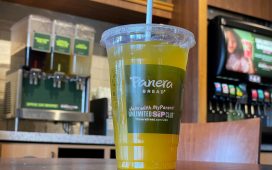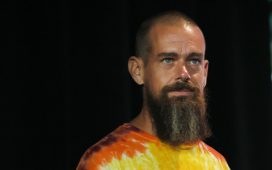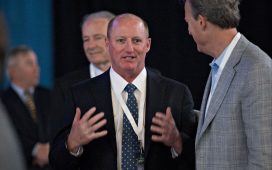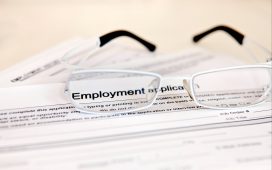
CEO Tesla and SpaceX chief Elon Musk. (Photo credit: MARK RALSTON/AFP/Getty Images)
Electrek obtained a copy of an email sent from Elon Musk to Tesla employees that said, “We have a shot at achieving our first 100,000 vehicle delivery quarter, which is an incredibly exciting milestone for our company!” This would compare to the 90,966 Tesla sold in the December 2018 quarter and the 95,356 delivered in the June quarter.
Hitting 100,000 would actually be stronger than the 5,000 to 10,000 unit increases since those two quarters were helped by the reduced tax credits the following quarters driving sales into December and June. The official announcement of the company’s preliminary deliveries and production should be next week.
There are a few important points to keep in mind assuming Tesla sells 100,000 vehicles in the quarter with two of the biggest ones being:
What is the mix between Model S and X’s compared to Model 3’s? This will help determine the company’s move to sustained profitability and positive free cash flow.
With about 5,000 more cars sold in the quarter vs. the June quarter does it move the needle on profitability? This would also only be 10,000 more than the company sold in the December quarter last year.
Model S and X’s help drive profitability
In the December quarter last year Tesla sold 27,607 Model S and X’s, which helped generate over $6.3 billion in automotive related revenue.
However, when the company only sold 17,722 of its high-end cars in the June quarter it generated almost $1 billion less in revenue even though Model 3 sales increased from by over 14,000 cars from 63,359 to 77,634 vehicles. Total vehicle unit sales were almost 4,400 higher but revenue was much lower.
Profitability also took a hit between the December 2018 and June 2019 quarters.
December 2018
- GAAP PROFITS: $139 million
- Non-GAAP PROFITS: $345 million
June 2019
- GAAP LOSS: $(408) million
- Non-GAAP LOSS: $(198) million
While there are a lot of moving parts to cash flow for any one quarter, there was a similar pattern between these two quarters for operating cash flow.
- December 2018: $1.23 billion
- June 2018: $863 million (almost $400 million less)

Tesla Service Center
Capital spending has a huge impact on free cash flow
In the first half of 2019 Tesla had negative free cash flow of $300 million with only $530 million in capital expenditures. In July the company said that its full year capital expenditures should be between $1.5 and $2 billion, which means that second half capital expenditures should be between $1 and $1.5 billion.
It will be a tough hill to climb to generate this much operating cash flow in the last six months of this year. However, Musk said on the June quarter results conference call that, “we expect to be free cash flow positive in future quarters with the possible temporary exceptions around the launch around of new product.”
The stock rose almost $14 or 6% on the “news”
Tesla’s shares increased $14 to over $242 on Thursday when the “news” about Musk’s email hit the street.
Since February the number of Tesla shares that are shorted has increased from about 25 million to almost 40 million, out of a float of around 133 million. With essentially 30% of the shares being shorted, any whiff of good news will send the shares higher.
As can be seen in the chart below, the shares will have to break above $250 to move out of its recent downward channel pattern.

Tesla’s stock








